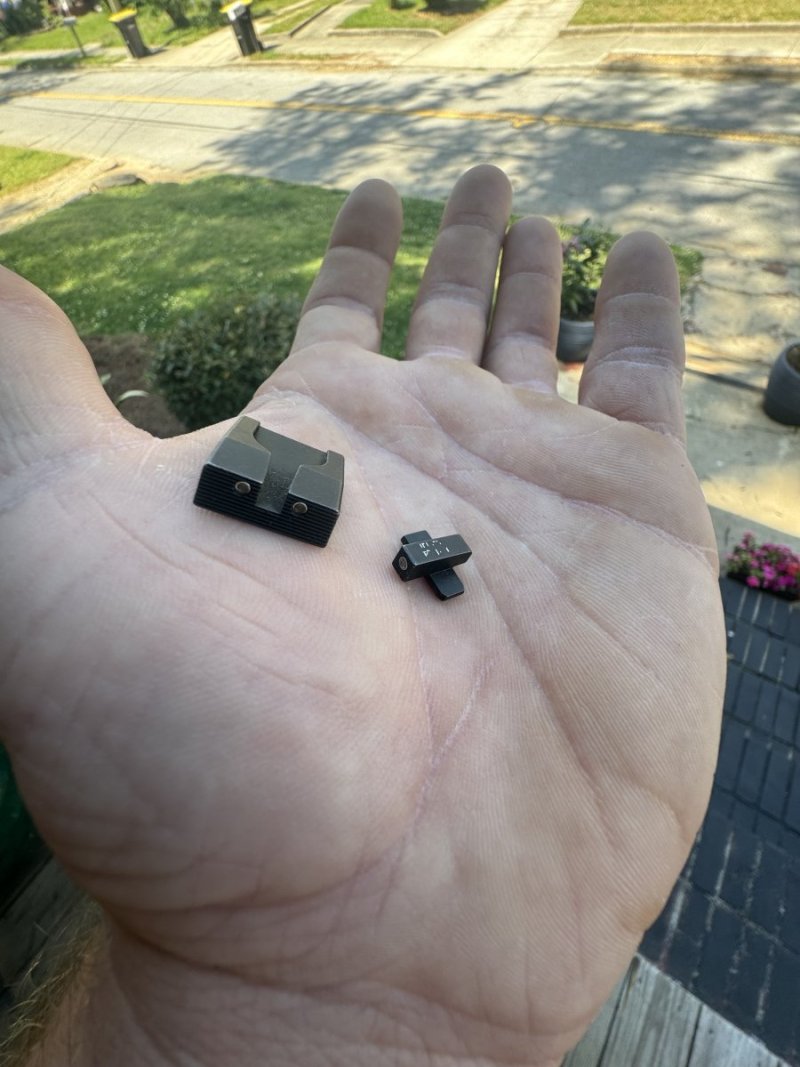Bear, one other observation. This is with rifle though. .375 H&H on plains game put big animals down-- they're sick, but on the ground. .300 Ultra-- same animals, same kind of shots-- they're sick on their feet. (Obviously I mean if I didn't hit CNS, or skeletal structure.) From what I've seen, the .375 is far more effective. Yet at 150 yards, the .300 RUM delivered 1000 more ft-lbs of energy (my loadings-- 300 SP in .375 vs. 210gr. Bergers in the 300 RUM). It has its place-- for shots beyond 200 yards. But man oh man the .375 just _works_. And it's less painful to shoot...
The .375 is a monster. Some .sig I saw on Accuratereloading said it best: ".375 H&H: One planet; one rifle."
Does great on deer, too. : )
Your .375 RUM, loaded with the 260 Accubonds, might greatly extend the awesome .375 performance on plains game, what with the high BC. The H&H, love it though I do, is really beyond its limit at 300 yards.
The .375 is a monster. Some .sig I saw on Accuratereloading said it best: ".375 H&H: One planet; one rifle."
Does great on deer, too. : )
Your .375 RUM, loaded with the 260 Accubonds, might greatly extend the awesome .375 performance on plains game, what with the high BC. The H&H, love it though I do, is really beyond its limit at 300 yards.
Last edited:









